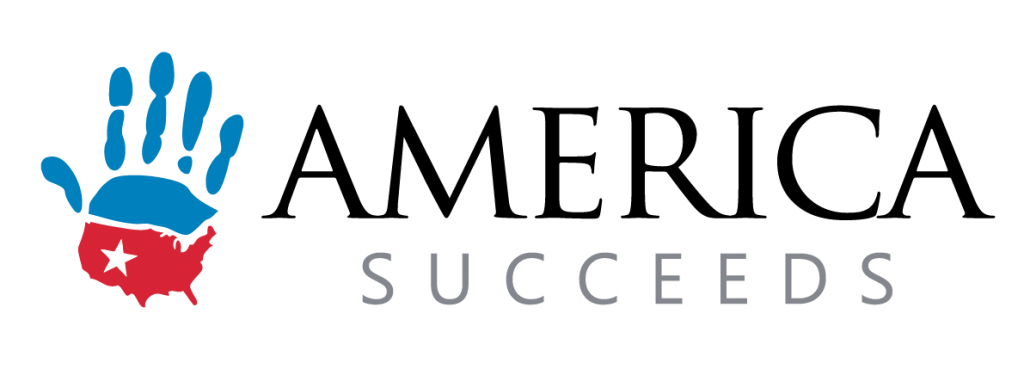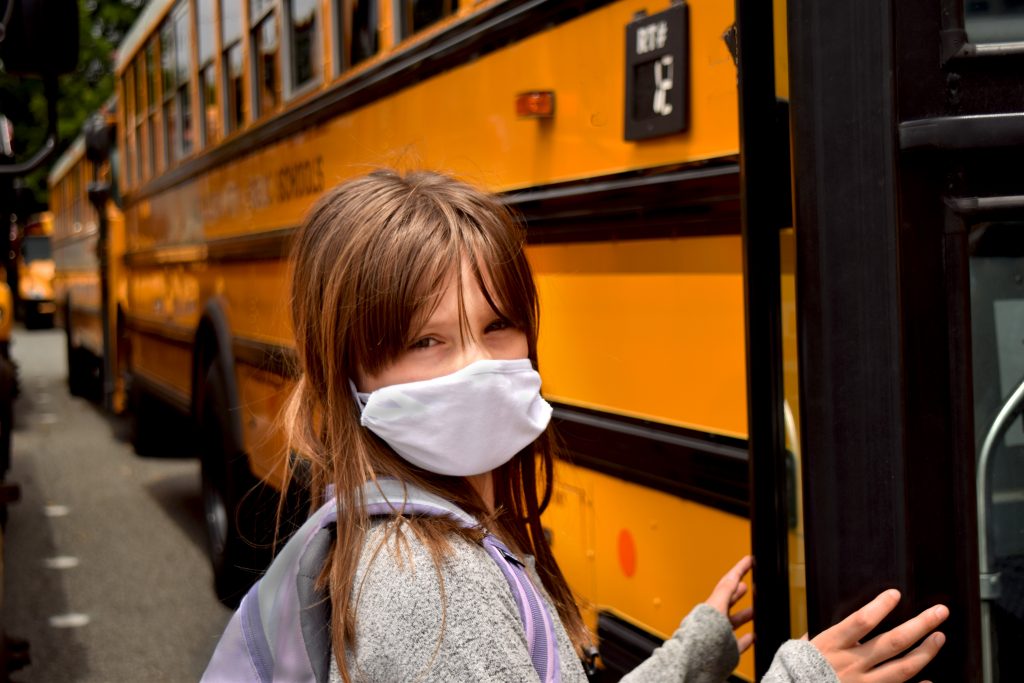It’s Friday, March 13, 2020. Throughout the IDEA Public Schools system in Louisiana, educators and staff are gathered for a professional development day. Around noon, they receive news of statewide closures due to COVID-19. Students are to switch to remotely delivered classes on Tuesday morning.
School leaders have just over 36 hours to figure out what that means.
Their situation was not unique. Nor, as we are all well aware, was it to be short-lived. What is clear, however, is that the way in which IDEA Public Schools (Texas, Louisiana), and other districts such as Achievement First Charter Schools (New York, Connecticut, Rhode Island); Milwaukee Public Schools; Oakland Unified Schools, and Tulsa Public Schools responded to the COVID shutdown — and all the challenges that have since ensued — demonstrates a measure of resiliency not seen universally. While each of these districts had unique elements in their approach, the commonalities that exist between them provide a model for agile education practices, similar to the agility that has transformed some of the most innovative businesses in the country.
Business agility, as practiced by companies like Apple, IBM, Microsoft and Procter & Gamble, enables organizations to nimbly adjust to and take advantage of emerging opportunities in a perpetually changing environment. America Succeeds’ study, “Agility Thriving: Education Adapting in a Time of Disruption,” finds that school districts that leverage agile practices are more flexible, resilient and effective in serving their students.
America Succeeds analyzed data from the Center on Reinventing Public Education’s database of 477 K-12 school systems nationwide using McKinsey & Company’s indicators of agile organizations — strategy, structure, process, people, and technology — to identify schools with the most effective responses to the pandemic.
“Amidst incredible uncertainty, emotional trauma, heavy pressures and frustrating missteps are stories of heroism, strength and resilient communities. There are thousands of school leaders and educators, alongside countless parents and families, who rose to face the many challenges of the pandemic. The brightest among these embody organization-wide agility,” said Stephanie Short, Vice President of Partnerships at America Succeeds. The findings suggest that school systems with a clear North Star, empowered teams, continuous learning mindsets, strong school community relationships, and existing technology integrations have been more effective in responding to COVID-19.
Traits of Resilient Schools
The findings suggest that school systems with a clear North Star, empowered teams, continuous learning mindsets, strong school community relationships, and existing technology integrations have been more effective in responding to COVID-19. Resilient school districts were found to activate these agility practices:
- Know who you are and why now. Schools have a strategy, mission, and values in place, and a team that has bought into pursuing them.
- Put decision-making where it belongs. Schools are empowered to move forward with flexibility and autonomy.
- Prioritize development and time for talent. Schools ensure that professional development plans are in place and make educator collaboration time a paramount priority.
- Embrace technology and remove barriers early. Schools commit to providing educators, students, and families the tools and training they need to remain connected.
- Commit to transparency. Schools establish regular practices for sharing data, soliciting feedback, and incorporating input from teams and stakeholders.
For more information about the transformative impact of agility and further success stories from the COVID-19 crisis, read the full report.





